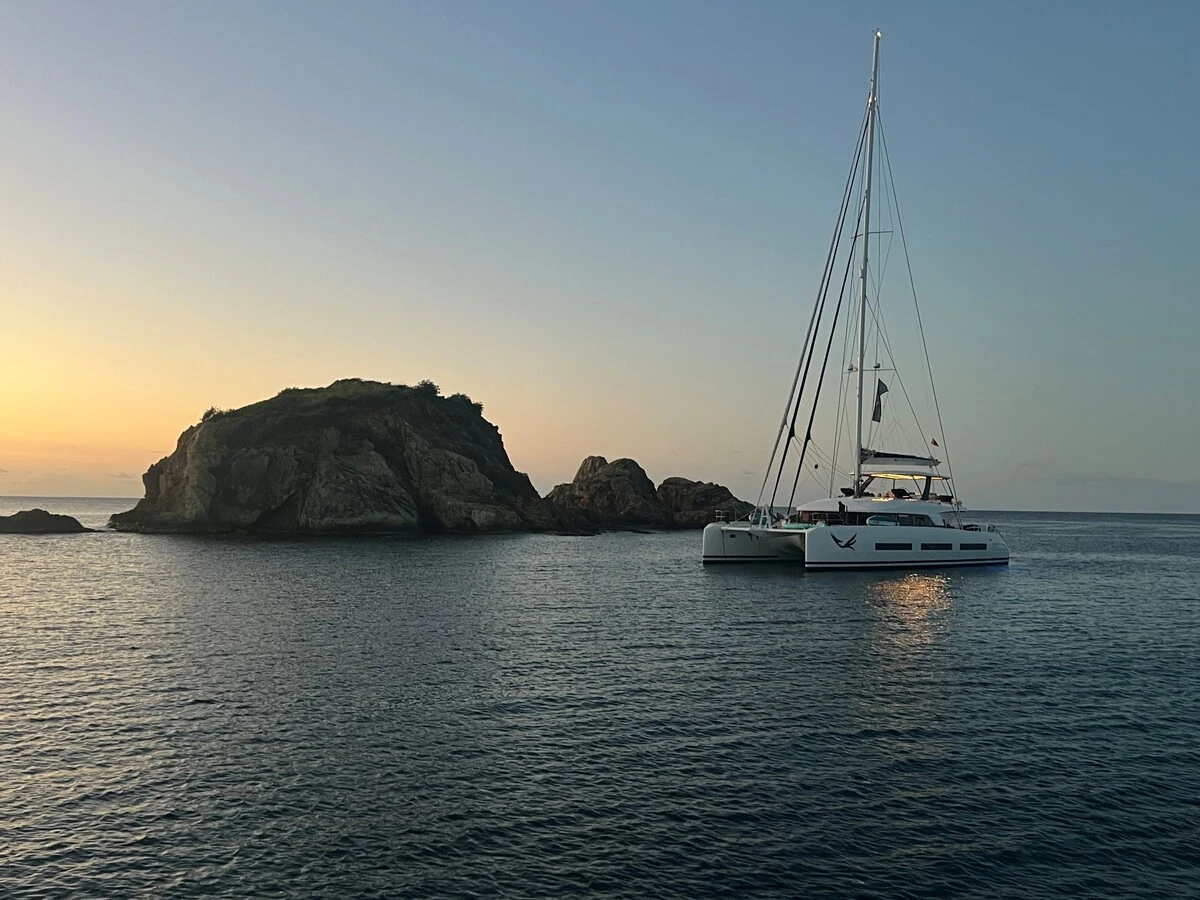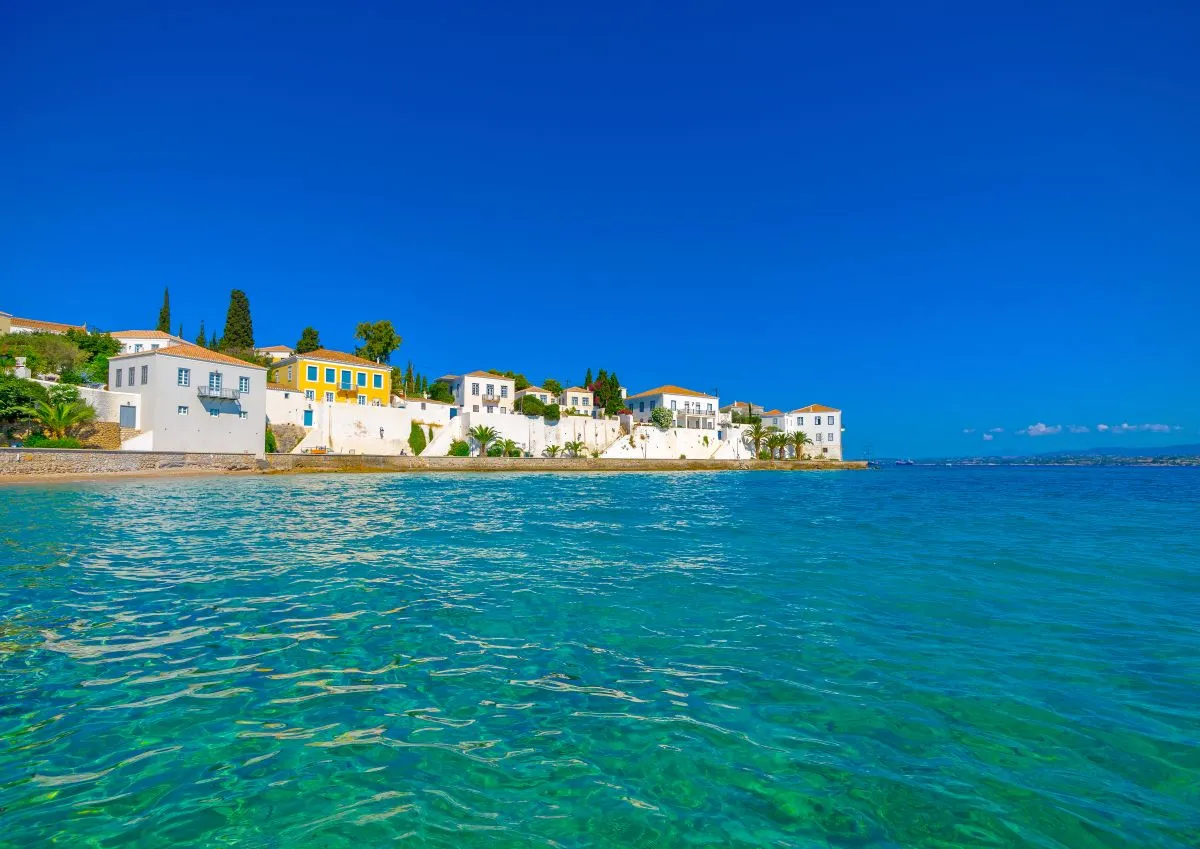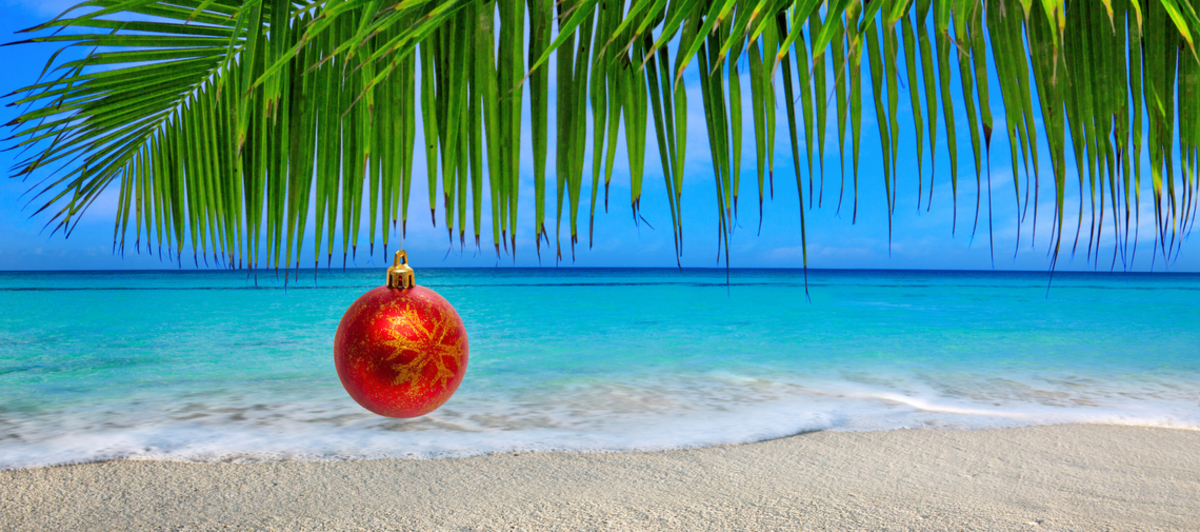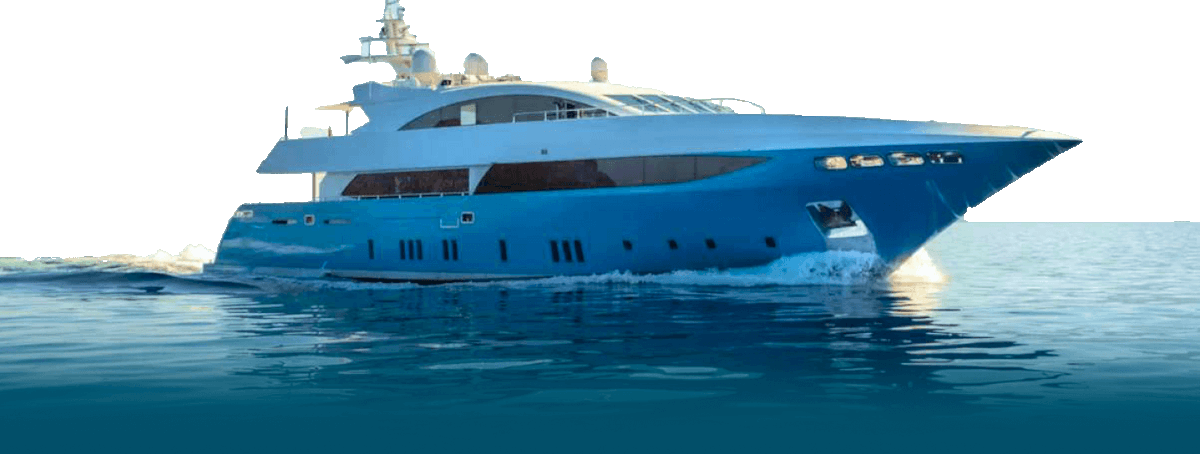Table of Contents
The History of Corsican Wine
Sitting just seven miles off the coast of Sardinia, Italy, and 50 miles south of France, Corsica has its own identity divergent from present and past rulers. However separate, cultural symbols like Corsican wine are forever marked by a complex history of Italian and French rule.
Modern-day European wine regions are forever indebted to early Greek settlers who tirelessly spread the craft of winemaking. From the 6th Century BC, various populations on Corsica have been cultivating and imbibing in wine. A Mediterranean island with a mix of good soils, climate, and unequaled sunshine, Corsica has long been an ideal place for cultivating grapes. Interestingly, the Greeks are credited with domesticating grapevines, however, the wild plants already existed on the island.
Complete with natural beauty and a tumultuous past, Corsica is one of the most intriguing places to visit. Fortunately, the majority of discoveries are situated along the beautiful coast. In fact, you can best reach the incredible fortified towns and top vineyards most easily from a Sardinia and Corsica Yacht Charter.
Corsican Wine Under Italian Rule
The Romans conquered Corsica in 259 B.C and continued making wine through their reign and subsequent fall in the 5th century. Next, Corsica went on to become an Eastern Roman province and then an overlooked Papal state. Subsequently, non-drinking Muslim groups like the Saracens invaded Corsica and hindered wine production for some time.
Later, after centuries of unrest, the Pisans, an Italian city-state from Tuscany took command of Corsica. From the 10th to the 13th centuries, nobles praised Corsican wine and shared it with the Priests as they developed the island and built more churches.
The Republic of Genoa
Fortunately, the rival Genoese who overtook the Pisans continued making wine and including it as an important part of church rituals. Originally taking hold of southern Corsica, Genoa fortified the cities of Bonaficio and later Cavi. This was to protect against ongoing North African invasions and demonstrate their power over Corsica.
Genoa ruled Corsica from the 13th and 18th centuries, during which they helped commercial wine. New harvest regulations and strict production rules improved the standards of wine. They also have been credited with bringing the Nielluccio grape, known as Sangiovese in Italy, to the island. However, greed also played a role in Genoa’s development of viticulture in Corsica. The Republic of Genoa selfishly garnered large sums of money from the exportation of Corsican wine.
Unsurprisingly, Corsicans were not happy with foreign rule and spent decades trying to revolt against the Genoese. Finally, in 1755 they declared independence, complete with a constitutional democracy. Lasting until 1768, the Corse people even succeeded to establish a capital in Corte, create schools, and ban vendettas.
Corsican Wine Under French Rule
After periods of economic decline and defeat, Genoa ceded Corsica to France in 1768. French rule ushered in a prosperous era of winemaking for Corsica. In fact, Corsican-born Napoleon Bonaparte later declared both wine and tobacco exports to be duty-free. This greatly helped the industry mature, if only for a short while. Unfortunately, as was the case across Europe, Phylloxera obliterated Corsican wine in the mid-1800s.
WWI only added to the decline of viticulture and agriculture in Corsica. With a sixth of the small population leaving for war, there were not enough people to tend the land. Some relief came in the way of labor from incoming prisoners of war.
Ultimately, depopulation continued to ravage Corsica. Additionally, those who survived the war left Corsica in search of better opportunities on mainland France. Vines and winemaking continued to be neglected. Just decades later, WWII created more strife for the people of Corsica. After a short occupation, they eventually gained freedom in 1945, as the first free French territory. Sadly, this wasn’t enough to drive prosperity. As was the case post-WWI, many Corsicans left the island after WWII.
20th Century Corsican Wine
The 1960s again brought about change in Corsica and its wine industry. The arrival of 18,000 Algerian colonists re-established an emphasis on wine production. However, these people called the pieds noirs, both helped and harmed the Corsican wine industry. Focused on profit, the former Algerian settlers planted new vineyards solely to increase the production of low-quality wine.
While this effort helped re-establish the island’s most important industry, it hurt family farmers and the prevalence of high-quality wines. Most notably, the area planted to grapes increased by 4x, primarily for producing table wine from standard French grapes, not indigenous Corse ones.
Thankfully, quality wine made a resurgence in the decades thereafter. Both government regulations of the 1960s and 70s and investment in the 1980s enabled winemakers to reduce yields and bulk wine processes. With new winemaking equipment and knowledge, winemakers created a variety of quality white, rose, and red wines for the most discerning markets.
Corsican Wine Today
Today, nine AOCs or appellations of control have been established along the perimeter of the island. The permitted grapes, zone, and yields distinguish AOC wines from one another. While the soils can vary across the island, the climate is generally dry and very sunny with a sixth the amount of rain that mainland France experiences.
After forty years of hard work, Corsican winemakers are now receiving deserved praise for their wines. In particular, three wine varieties dominate the market and grow very well on the island.
Corsica’s primary white grape is none other than Italy’s Vermentino, spelled Vermentinu in the local dialect and Malvoisie du Corse in French.
Corsica also owes one of its widely-produced reds to its Italian heritage. Niellucciu, a grape synonymous with Sangiovese from Tuscany, makes great red and rosé wines distinctly different than those grown in Italy.
The third grape winemakers typically produce is the native grape Sciacarellu. Known as a Corsican grape, it also has roots in Tuscany as Mammolo, a blending grape in Sangiovese wines.
Ajaccio AOC Wines
Two of Corsica’s nine AOC regions produce the best wines from the three common grapes. In addition, top winemakers have recently revived forgotten native grapes to make very rare bottles.
At over 1,600 ft, the southwestern region of Ajaccio AOC is home to bold reds and rosés from the Sciaccarellu grape. Here, granite soils nurture the sun-kissed grapes providing floral aromas and complex red fruit nuance and spice. Due to their elegance, top red wines from Ajaccio have even been compared to Pinot Noir.
While not as common, winemakers also grow Vermentinu and other white varieties in Ajaccio. However, in the south, producers often make white blends, rather than single varietal wines. Iconic Ajaccio producers making common and uncommon native wines include Domaine de Vaccelli and U Stiliccionu.
Patrimonio AOC Wines
On the other hand, white wines prevail in the oldest and most superior AOC zone of Patrimonio. Vineyards located in these clary and limestone soils of northeastern Corsica typically grow Vermentinu along with red Niellucciu and vinify them as single varietals wines. The excellent terroir and climate define the small zone just inland from the beautiful coastal town of Saint. Laurent, and west of Bastia.
Vermentinu white wines from Patrimonio are fresh, crisp, and more mineral than those across much of the island. Red wines from at least 90% Nielluccio grapes show violets, dark fruit, and a profound earthy character. For a taste of ancient history, look to Antoine Arena, who makes excellent white and red wines on his 16th-century vineyard. You can also head just a few miles away to Yves Leccia who makes diverse bottlings of native single varietals and French grape blends.
There’s no better way to taste your way through the history of Corsican wine than on your own yacht charter. Come see our Sardinia and Corsica Yacht Charters and book a trip today!



